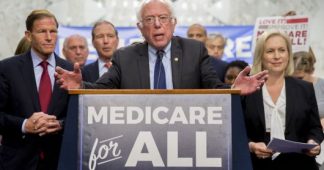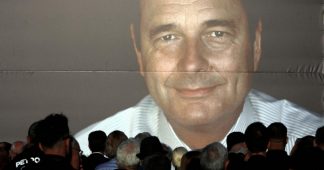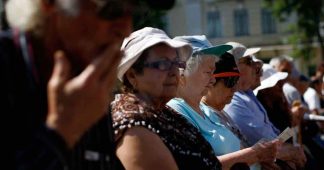24 Feb, 2021
More Americans than ever identify themselves as lesbian, gay, bisexual, transgender, or queer (LGBTQ) according to a survey of sexuality, with one in six people under 23 saying they are something other than heterosexual.
The Gallup Poll released Wednesday, found that 5.6 percent of Americans classify themselves as LGBTQ – up from 4.5 percent in 2017. That was the last time Gallup carried out polling on the issue.
Gallup surveyed 15,000 Americans above 18 years of age and found that of those who identified themselves as LGBTQ, 54.6 percent said they were bisexual, 24.5 percent said they were gay, and 11.7 percent said they were lesbians. Another 11.3 percent identified themselves as transgender while 3.3 percent said they preferred to use another term such as ‘queer’ or ‘same-gender loving’ to describe their sexual identity.
Respondents were able to choose more than one survey category for their answers.
Of the 15,000 surveyed, 86.7 percent said they are heterosexual or straight, and 7.6 percent did not answer questions about sexual orientation.
The poll also asked respondents about political ideology and party identification, and 13 percent of political liberals, 4.4 percent of moderates, and 2.3 percent of conservatives said they are lesbian, gay, bisexual, or transgender. It said differences are “somewhat less pronounced by party identification than by ideology,” with 8.8 percent of Democrats, 6.5 percent of independents, and 1.7 percent of Republicans identifying as LGBTQ.
Women are more likely than men to identify as LGBT (6.4 percent to 4.9), and there was no meaningful educational difference – 5.6 percent of college graduates and 5.7 percent of non-graduates – when it comes to LGBTQ identification
Gallup added that with younger generations far more likely than older generations to consider themselves LGBTQ, that growth should continue.
“The pronounced generational differences raise questions about whether higher LGBTQ identification in younger than older Americans reflects a true shift in sexual orientation, or if it merely reflects a greater willingness of younger people to identify as LGBTQ,” Gallup said.
“To the extent it reflects older Americans not wanting to acknowledge an LGBTQ orientation, the Gallup estimates may underestimate the actual population prevalence of it.”
Published at www.rt.com











